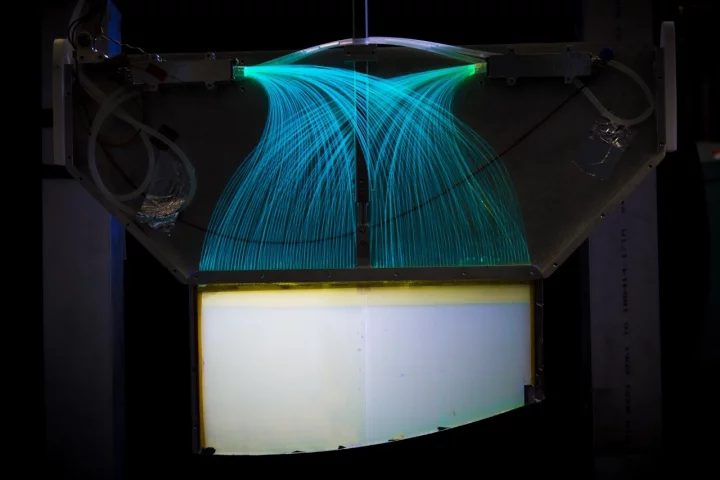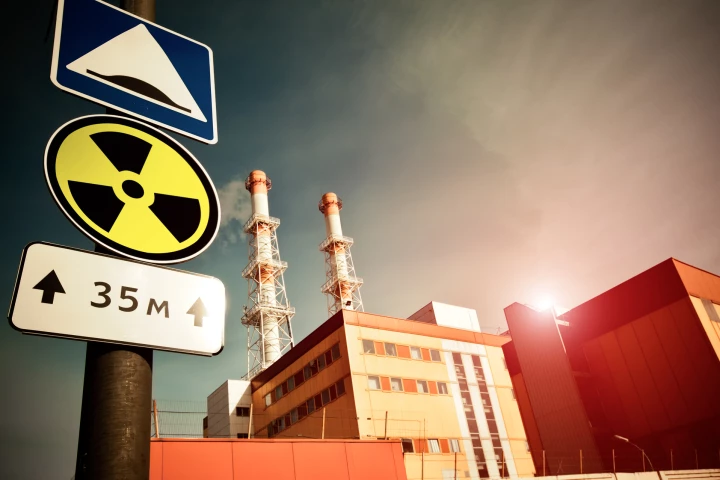Neutrons
-
Physicists have created the heaviest clumps of antimatter particles ever seen. Known as antihyperhydrogen-4, this strange stuff could help us solve some of the most puzzling physics mysteries.
-
Scientists have uncovered hints of a world of new elements beyond the periodic table. A new study has found that ancient stars may have been producing extremely heavy elements that remain unknown to science.
-
Physicists have measured the lifetime of a free neutron more precisely than ever before. This breakthrough "bathtub" experiment helps probe the fringes of the Standard Model of particle physics, and mysteries like dark matter and the early universe.
-
Perovskites are quickly emerging in the solar energy field, thanks to their ability to convert photons into electricity. Now this process has been tweaked to pick up neutrons instead, making an effective detector for leaks from radioactive materials.
-
A bizarre star may have its origins in an extremely energetic event. Astronomers have found that a star with an unusual composition may have formed in the wake of a new type of hypernova – a stellar explosion with 10 times the energy of a supernova.
-
A technique is allowing researchers to measure endogenous lithium concentrations in the human brain for the very first time. Researchers found natural lithium levels in white matter were lower in suicidal subjects than healthy controls.
-
Astronomers have detected a strange signal coming from neutron stars that could be a new elementary particle. An unexplained excess of X-rays hints at axions, hypothetical “ghost” particles that could solve several long-standing physics puzzles.
-
Forget steel, forget diamond and even forget graphene – “nuclear pasta” may be the strongest material in the universe. This strange substance is formed in the intense pressures inside neutron stars, and researchers have now run computer simulations to test just how strong it is.
-
In August 2017, astronomers observed a collision between two neutron stars so powerful it produced gravitational waves, flares in visible light, radio waves, x-rays and a gamma ray burst. Now that things have quietened, astronomers have studied the strange object created in the cosmic collision.
-
Last year astronomers around the world witnessed the merger of two neutron stars as gravitational waves, light, radio and gamma rays, but the aftermath of the mashup hasn’t played out quite as expected. Rather than fade over time, the afterglow has continued to brighten.
-
Before cures for diseases such as Alzheimer's can be found, scientists need a better understanding of how neurons in the brain communicate with one another. Researchers recently took a step towards that goal, by developing the smallest LED probes ever implanted in a living brain.
-
Sandia National Laboratories is working its Mobile Imager of Neutrons for Emergency Responders (MINER) – a nuclear device detector capable of narrowing a search to within a city block without door-to-door sweeps.
Load More











